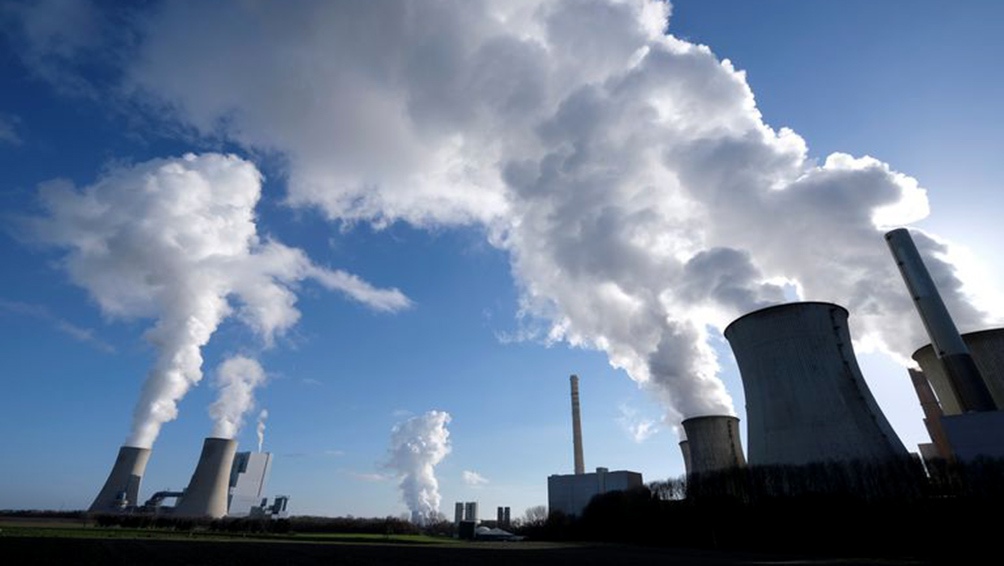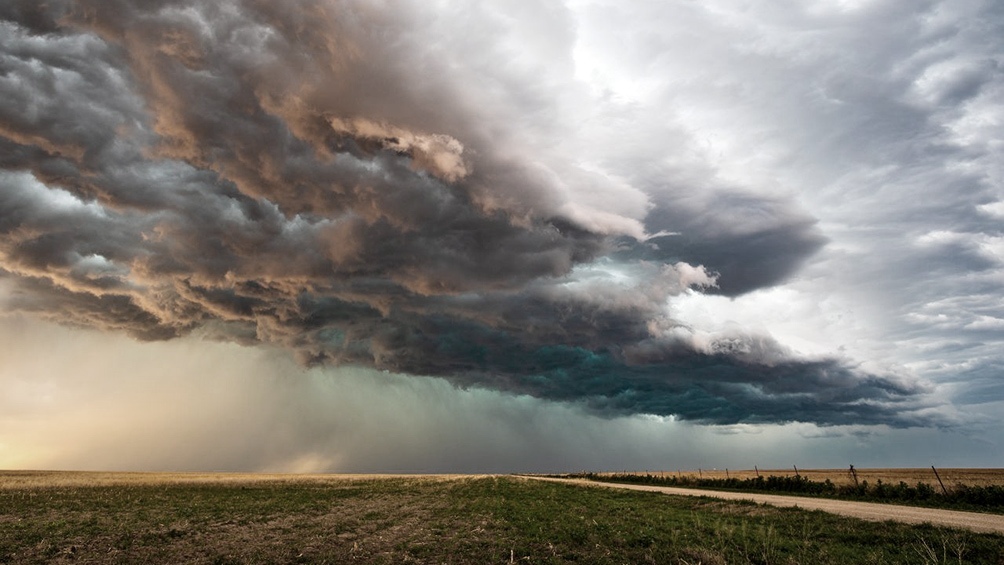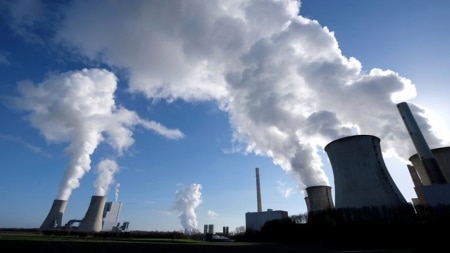 There will be new global temperature records between 2023 and 2027. Photo: Archive
There will be new global temperature records between 2023 and 2027. Photo: Archive
There is a 98% chance that one of the next five years will be the warmest on record in the world.according to the latest report from the World Meteorological Organization (WMO), published this Wednesday by the United Kingdom Meteorological Office (Mett Office).
Leon Hermanson, one of the British Met Office scientists behind the reportHe said this study on Wednesday shows that the next five years are expected to bring new temperature records.
Global temperatures are set to reach new records in the next five years, says new #StateofClimate update from WMO and @metoffice:
🔗https://t.co/4PpgpKo9Hd pic.twitter.com/GSn41DWphB— World Meteorological Organization (@WMO) May 17, 2023
“These new highs they will be fueled almost entirely by the increase in heat-trapping greenhouse gases in the atmospherebut the anticipated development of the naturally occurring El Niño current will also release heat from the tropical Pacific.”
The report also notes that there is a 66% chance that the global surface temperature will temporarily exceed 1.5 degrees Celsius above pre-industrial levels for at least one of the next five years.
Furthermore, it is predicted that Arctic warming is more than three times the global average.
He explained that the average global temperature in 2022 It was about 1.15 degrees Celsius above the average of 1850-1900.
“WMO is sounding the alarm that we will temporarily violate the 1.5 degree Celsius level with increasing frequency”
But the cooling effect of current conditions known as La Niña for much of the last three years temporarily halted the trend of long-term heating.
However, according to the report, La Niña ended in March 2023 and El Niño is expected to develop in the coming months.
“Typically, El Niño increases global temperatures in the year after it develops, in this case, it would be 2024,” he says.
 La Niña ended in March 2023 and El Niño is expected to develop in the coming months. Photo: File
La Niña ended in March 2023 and El Niño is expected to develop in the coming months. Photo: File
The WMO Secretary-General, Petteri Taalasspeaking of the Paris Agreement, noted that this report does not mean that we will permanently exceed the 1.5 degree level specified in the Paris Agreement, which refers to long-term warming over many years.
“However, the WMO is sounding the alarm that we will temporarily violate the 1.5 degree Celsius level with increasing frequency. Global temperatures are predicted to continue to rise, moving further and further away from the climate we are used to,” he said.
The report also predicts changes in precipitation patterns for the 2023-2027 May-September average, compared to the 1991-2020 average, suggesting an increase of precipitation in the Sahel, northern Europe, Alaska and northern Siberia, and a reduction in precipitation for this season in the Amazon and parts of Australia.


